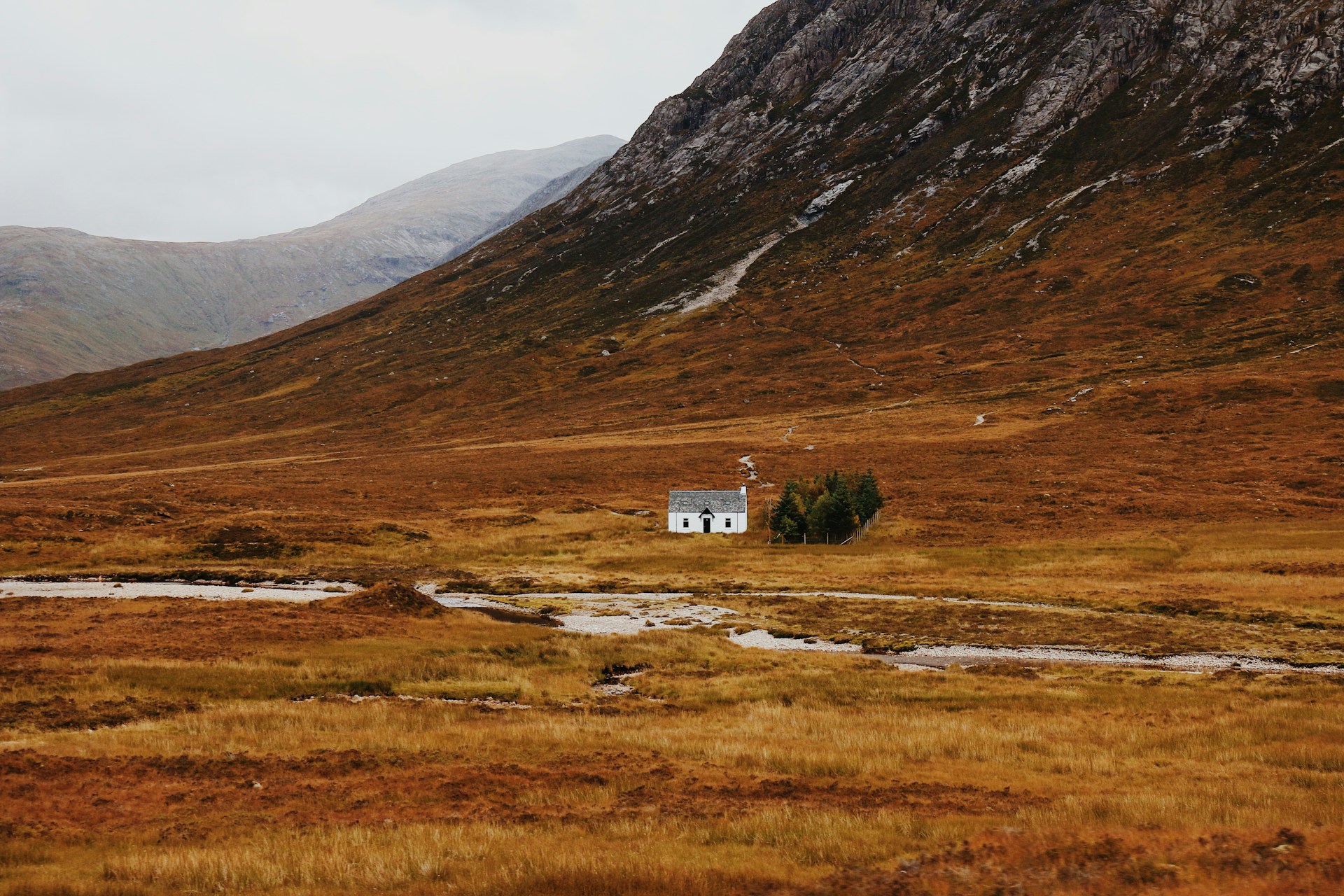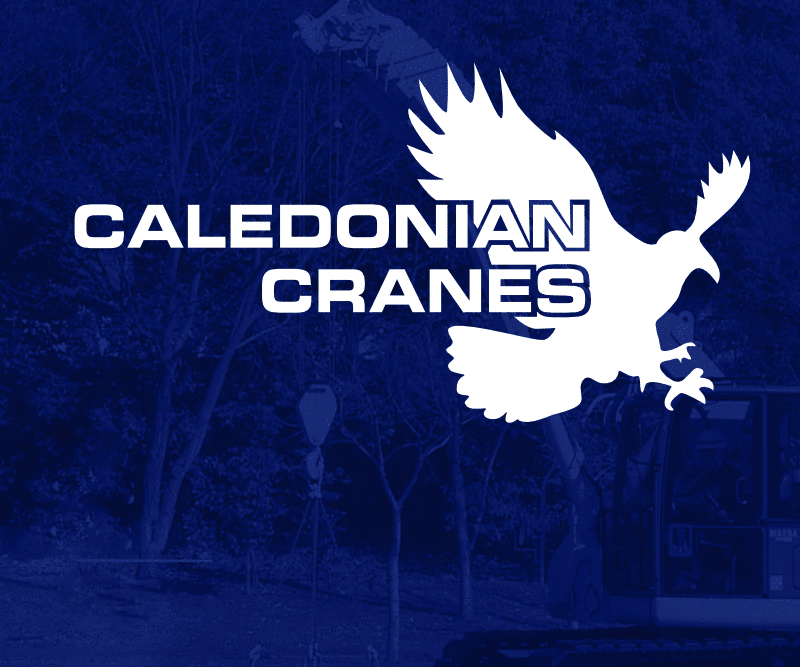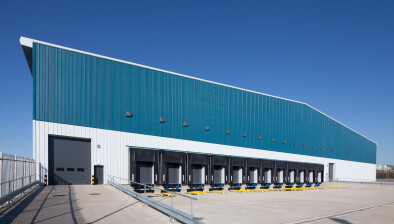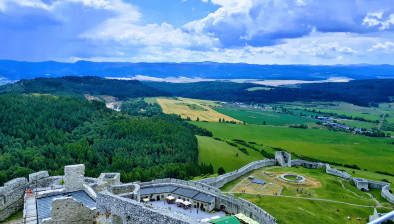Scottish National Investment Bank urged to review £50m deal with major landowner

Land reform campaigners are calling on the Scottish National Investment Bank (SNIB) to reconsider its financial relationship with Gresham House, an asset management group that has become Scotland’s second-largest private landowner.
Gresham House is an international asset management group which invests heavily in forestry.
Recent research – conducted by forestry and land ownership analyst Andy Wightman – has confirmed that Gresham House, through the partnerships that it controls, is now Scotland’s second largest private landowner, owning 73,553 hectares across the country.
In the last four years alone, the Gresham House Forest Growth and Sustainability LP (GHFGS) has acquired 45 landholdings across Scotland, totalling 11,199 hectares of land.
The Scottish National Investment Bank has invested £50 million in the Gresham House Forest Growth and Sustainability LP (GHFGS).
In addition to the £50m SNIB investment, to date GHFGS has enjoyed grants of around £3.4m of forestry-related grants, which rise to over £11m by 2031.
Community Land Scotland – the lead organisation promoting and supporting community ownership of land and buildings – is now calling for the funding relationship between SNIB and Gresham to be re-examined.
Director of policy and advocacy, Dr Josh Doble, said: “Basically, Scottish taxpayers’ money is funding Gresham House land acquisitions and helping encourage further investment in Gresham.”
While the SNIB aims for a 3-4% return on its investments over the medium term, the overall return to the Scottish taxpayer will be hit by the £11.2m of forestry grant cash the Gresham Fund will have be given in the next six years.
Dr Doble also raises concerns that recent land purchases by the Gresham fund are at remarkably high prices.
This includes a 579-hectare hill farm for over £12m, making it £21,070 per hectare, “an eyewatering sum” compared to the already inflated prices for agricultural land.
At its peak in recent years, agricultural land was valued at about £15,152 per hectare, while hill land for tree planting cost about £13,590 per hectare.
Andy Wightman’s research has also uncovered that GHFGS have bought a 150-year lease on the 715-hectare Snar Farm in Lanarkshire for over £14.8m.
“These kinds of bizarre transactions are troubling for those of us interested in the economically, socially and environmentally progressive use of Scottish land”, said Dr Doble.
“Gresham House seem to be speculating on Scottish land, partially funded by Scottish taxpayers’ money.
“Land speculation makes it more expensive for communities and local people to buy land and warps an already inflated land market.
“This raises some troubling questions. What do Gresham House know that could warrant such inflated land and lease values? What impact do transactions like this have on the land market?
“Should these apparently speculative and seemingly bizarre land transactions be supported by the public money that SNIB has invested?”
The investment would be much better spent directly on community development, Dr Doble argues.
Dr Doble continued: “SNIB could be using its capital to deliver local economic development, as many of us in the community sector believe SNIB should be prioritising.
“Think of what £50m could achieve if it were seed funding community wealth building projects such as community energy, underwriting community-led housing or supporting small and medium-sized businesses across Scotland.
“An investment such as this would increase the number of secure local jobs, keep schools open, help address the housing crisis, and strengthen resilient local economies
“Instead, the SNIB investment in this case seems to have been used to help GHGFS to amass multiple Scottish landholdings and put Gresham soaring to second place on the list of Scotland’s biggest private landowners.”
Dr Doble says there are fresh concerns that the Land Reform Bill, as it stands, would do little to affect the behaviour of companies such as Gresham House.
Despite now being the second largest private landowner in Scotland, few of the individual landholdings it controls exceed the 1000-hectare threshold the Land Reform Bill requires before even limited accountability and scrutiny kick in.















